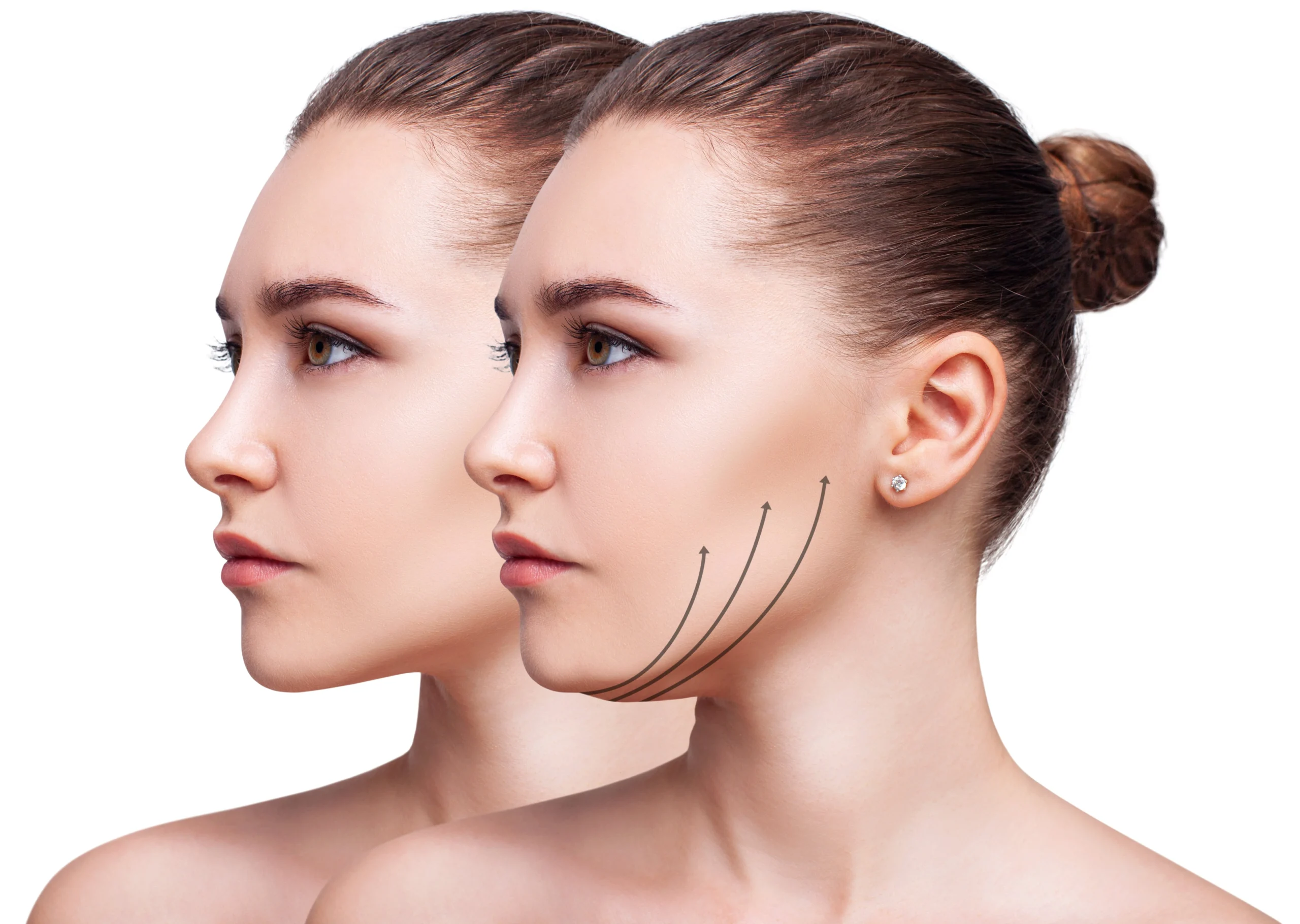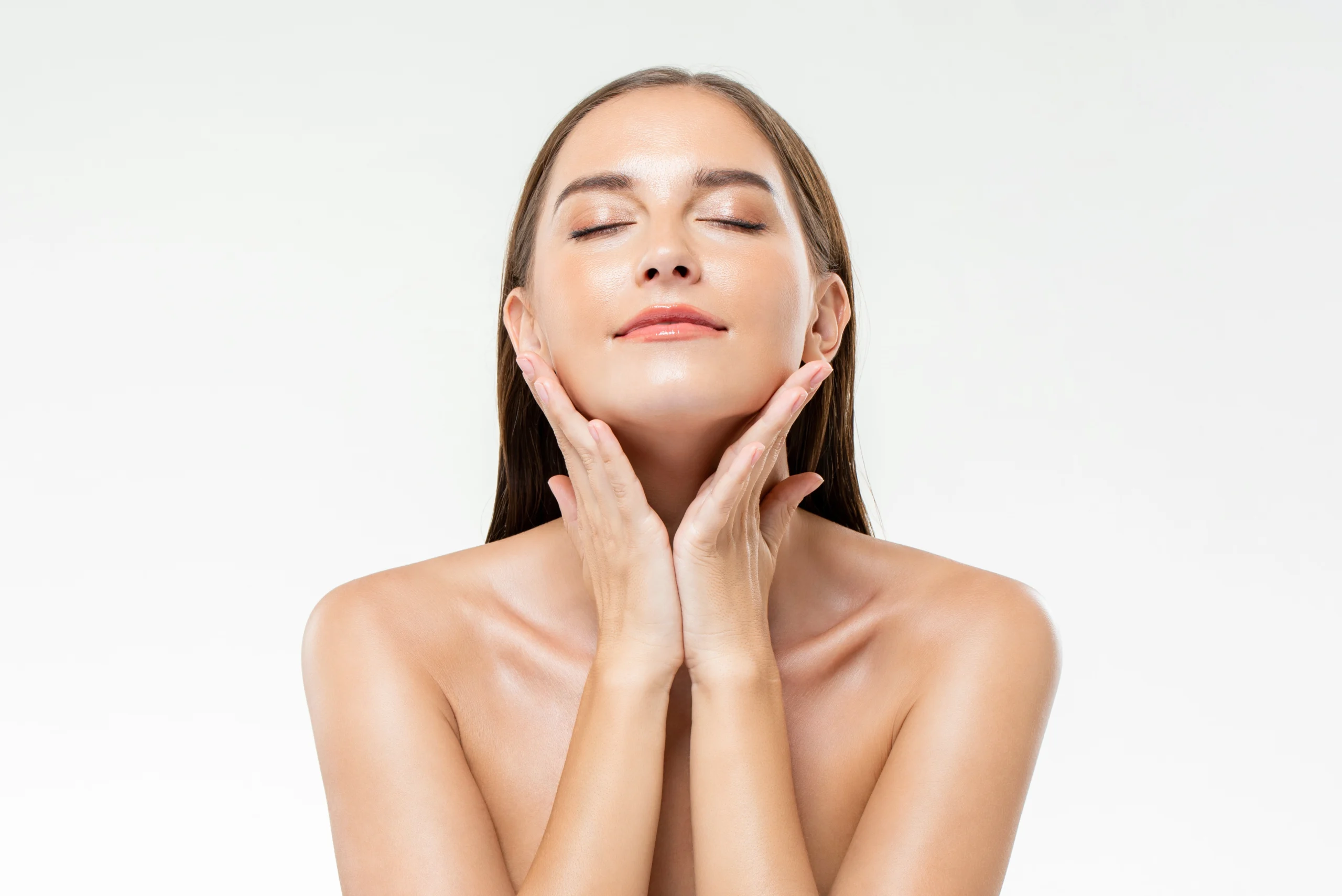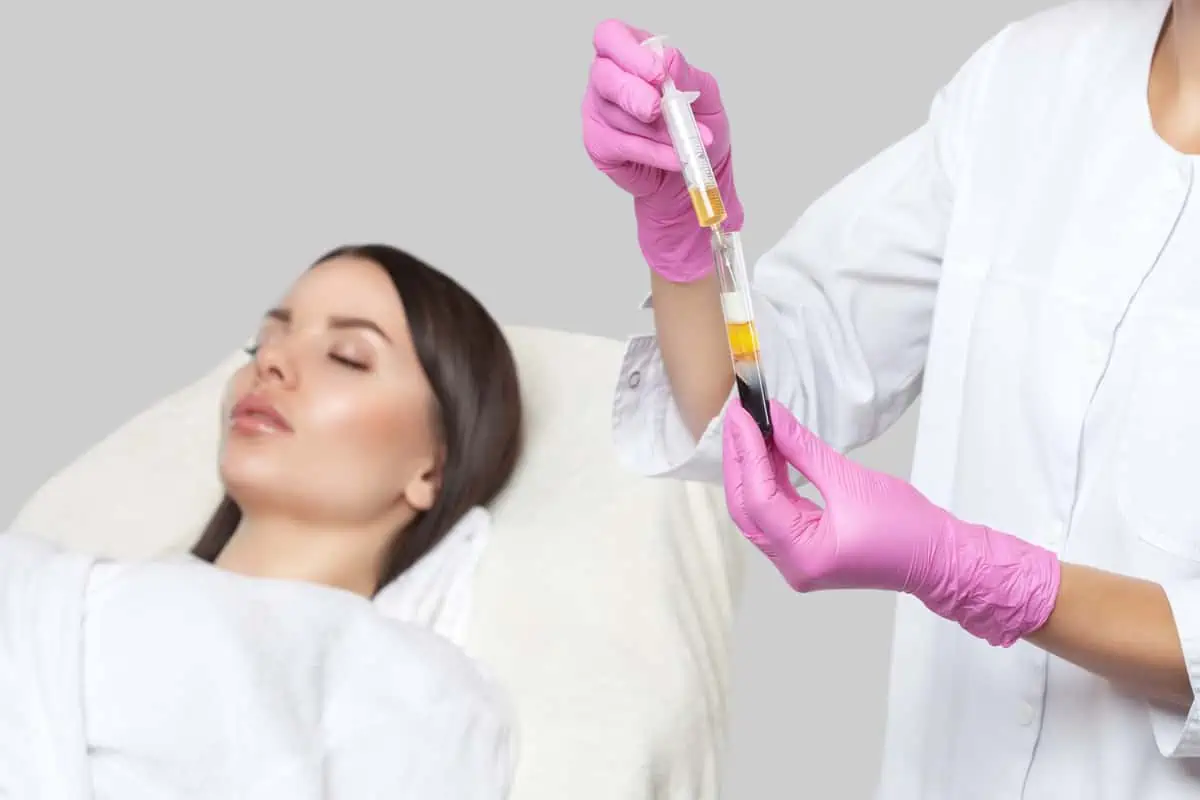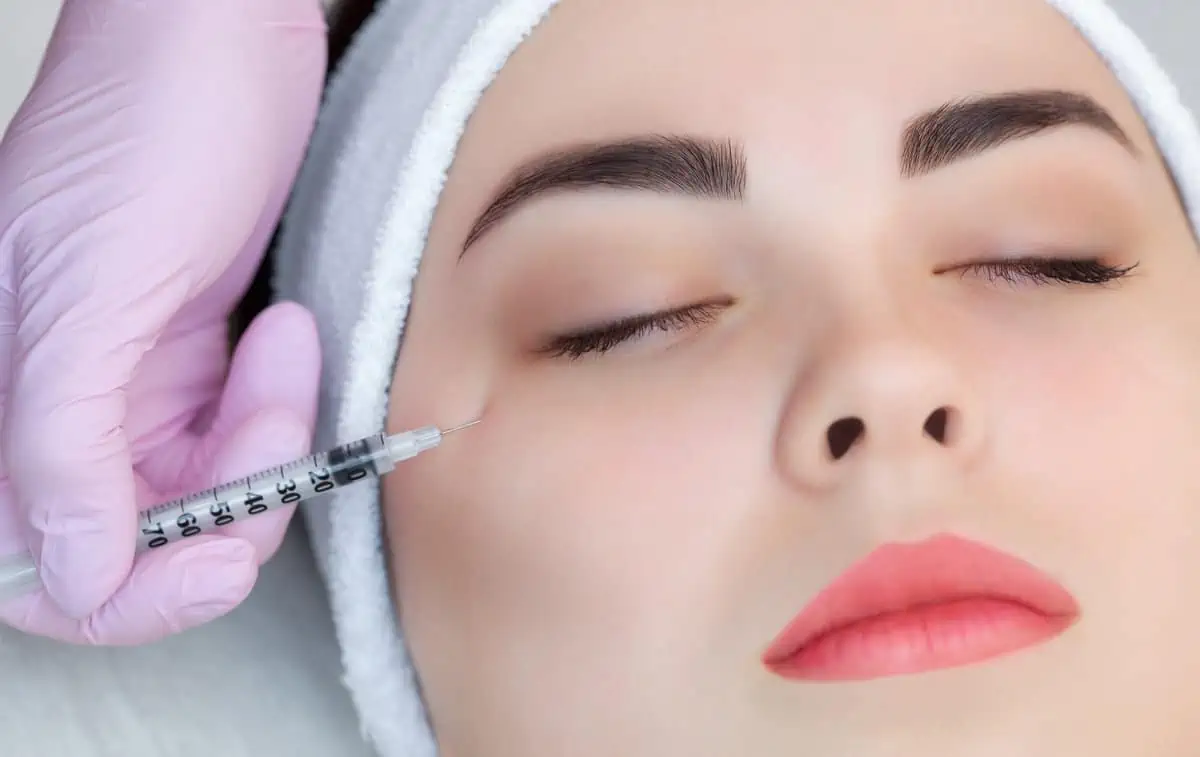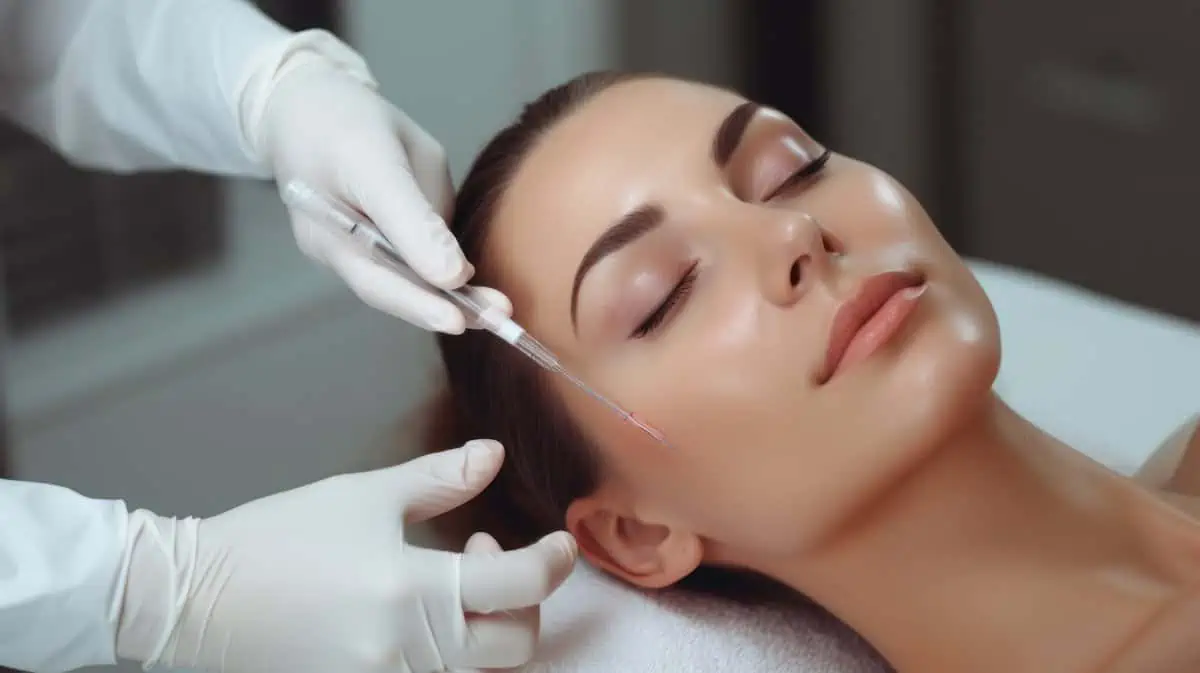Millions of people, both men and women, experience hair loss, which is a widespread apprehension. While various treatments are available to address this issue, many individuals are seeking natural and minimally invasive solutions. Utilizing PRP (Platelet-Rich Plasma) therapy, we now have a promising method that may effectively halt hair loss and stimulate hair regrowth.
Understanding Hair Loss
Men and women can both experience hair loss, which is a common condition that frequently results from a confluence of hereditary, hormonal, and environmental factors. It can manifest as a receding hairline, thinning of the hair, or bald patches, impacting one’s self-esteem and appearance. Effective treatments for hair loss, such as PRP therapy, aim to address these underlying causes and promote hair regrowth.
What Is PRP?
PRP stands for Platelet-Rich Plasma, which is a natural substance derived from a person’s blood. It contains a concentrated amount of platelets, growth factors, and other bioactive proteins.
PRP is known for its regenerative properties and is used in various medical and cosmetic procedures to stimulate tissue repair and promote healing. In the context of hair loss treatment, PRP is injected into the scalp so as to promote hair follicle regeneration and hair growth.
How Does PRP Work for Hair Loss?
PRP therapy for hair loss involves the following steps:
- Blood Collection: A small sample of your blood is drawn, typically from your arm, in a specialized tube.
- Centrifugation: The blood sample is then placed in a centrifuge machine, which spins at high speeds to separate the PRP from other blood components.
- Preparation: The PRP is collected and prepared for injection into the scalp.
- Injection: A healthcare provider uses a fine needle to inject the PRP into specific areas of the scalp with thinning or receding hair.
The Benefits of PRP for Hair Loss
PRP (Platelet-Rich Plasma) therapy offers several benefits for individuals experiencing hair loss:
- Natural and Safe: Since PRP is drawn from the patient’s blood, the possibility of allergic responses or adverse side effects is reduced. It is a risk-free and all-natural therapeutic alternative.
- Hair Growth Stimulation: PRP contains growth factors that can stimulate dormant hair follicles, encouraging them to become active again. This stimulation leads to the growth of thicker, healthier hair.
- Minimal Downtime: PRP treatment is minimally invasive and typically requires no significant downtime. Patients can usually resume their daily activities shortly after the procedure.
- Personalized Treatment: PRP therapy can be customized to target specific areas of hair loss, tailoring the treatment to the patient’s individual needs.
- Complementary to Other Treatments: PRP can be used alongside other hair loss treatments, such as medications or hair transplant surgery, to enhance overall results. It complements existing therapies effectively.
- Improved Hair Texture: Many individuals undergoing PRP therapy report not only increased hair volume but also an improvement in the texture and quality of their hair.
- Natural-Looking Results: PRP promotes the growth of the patient’s natural hair, resulting in a more natural appearance compared to some other hair restoration methods.
- Increased Blood Flow: PRP injections can enhance blood circulation in the scalp, which contributes to healthier hair follicles and improved hair growth.
- Quick Procedure: PRP sessions are relatively short, typically taking less than an hour, making it convenient for individuals with busy schedules.
- Long-Lasting Results: With proper maintenance, PRP therapy can yield long-lasting results, allowing patients to enjoy their fuller, thicker hair for an extended period.
The effectiveness of PRP therapy may vary from person to person, and results may become noticeable over several months of consistent treatment. Consulting with a qualified healthcare provider is crucial to determine if PRP therapy is the right choice for addressing your specific hair loss concerns.
What to Expect from PRP Hair Therapy
When undergoing PRP (Platelet-Rich Plasma) hair therapy, here’s what you can typically expect:
- Consultation: The hair loss treatment begins with a consultation with a qualified healthcare provider who specializes in PRP therapy for hair loss. During consultation, the provider will assess your hair loss, discuss your medical history, and determine your suitability for PRP treatment.
- Treatment Sessions: PRP therapy typically involves a series of treatment sessions. Initially, you may undergo treatments spaced several weeks apart, usually about three to four sessions. Depending on your particular needs and the extent of your hair loss, the precise number of sessions may change.
- Procedure: On the day of treatment, a small blood sample will be drawn, typically from the arm. The PRP is then concentrated and separated from other blood components after the blood has been treated in a centrifuge machine.
- PRP Injection: Once the PRP is prepared, it is injected into specific areas of your scalp where you are experiencing hair thinning or loss. For precise targeted injections, your healthcare provider will use a fine needle.
- Recovery: Most patients may resume their regular activities quickly following PRP therapy because it is so little intrusive. Some individuals may experience mild swelling, redness, or discomfort at the injection sites, which usually subside within a day or two.
- Results: Although individual results may differ, many people report improvements in hair thickness and volume following a few months of regular PRP treatment. It’s critical to maintain reasonable expectations and recognize that the process of hair development is gradual.
- Maintenance: Ongoing maintenance sessions may be recommended to maintain your results and continue experiencing the benefits of PRP therapy. Depending on your provider’s recommendations, these maintenance sessions are typically scheduled every six to twelve months.
- Combined Therapies: In some cases, your healthcare provider may suggest combining PRP therapy with other treatments, such as medications or low-level laser therapy, to optimize your hair restoration results.
- Follow-Up Appointments: Regular follow-up appointments with your healthcare provider are essential to monitor your progress and make any necessary adjustments to your treatment plan.
By following your provider’s recommendations and adhering to your treatment plan, you can look forward to enjoying a fuller and healthier head of hair over time. To develop a customized PRP therapy plan that aligns with your goals, you should always speak with a qualified healthcare expert about your hair loss problems.
Conclusion
PRP therapy for hair loss is gaining popularity as a natural and effective solution for those experiencing thinning hair. At Skinlogicx MedAesthetics, we provide Platelet-Rich Plasma (PRP), often referred to as ‘liquid gold,’ as an ideal solution for addressing the challenge of thinning hair. Ultimately, PRP for hair loss not only offers a natural solution to thinning hair but also holds the promise of rejuvenating your confidence and self-assurance through fuller, more vibrant hair.
